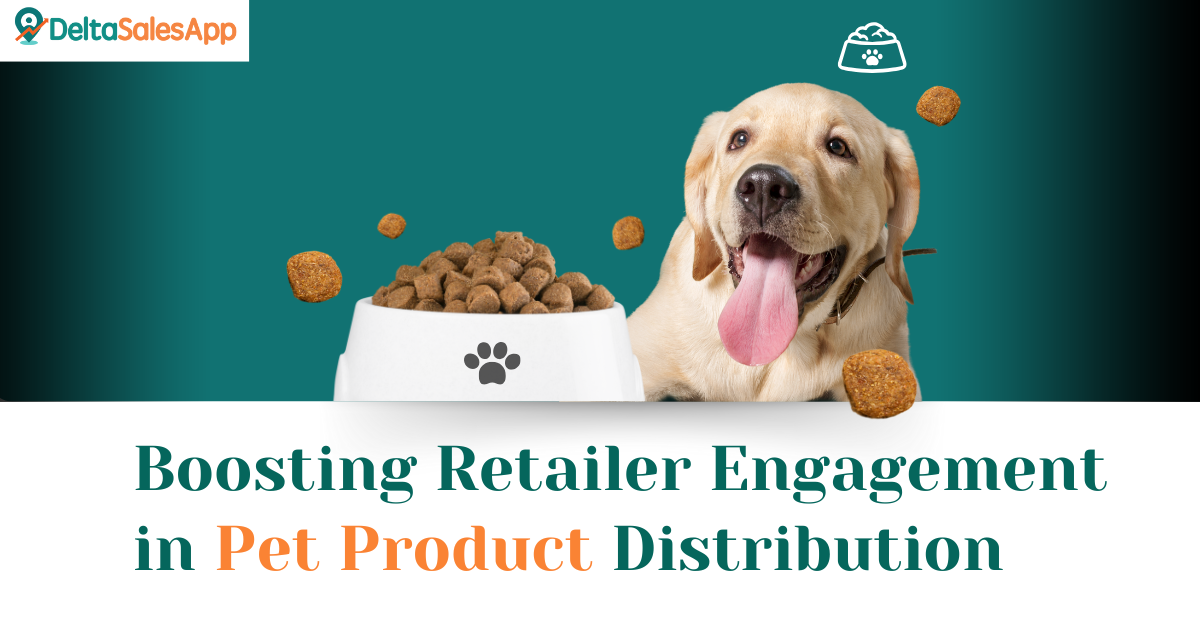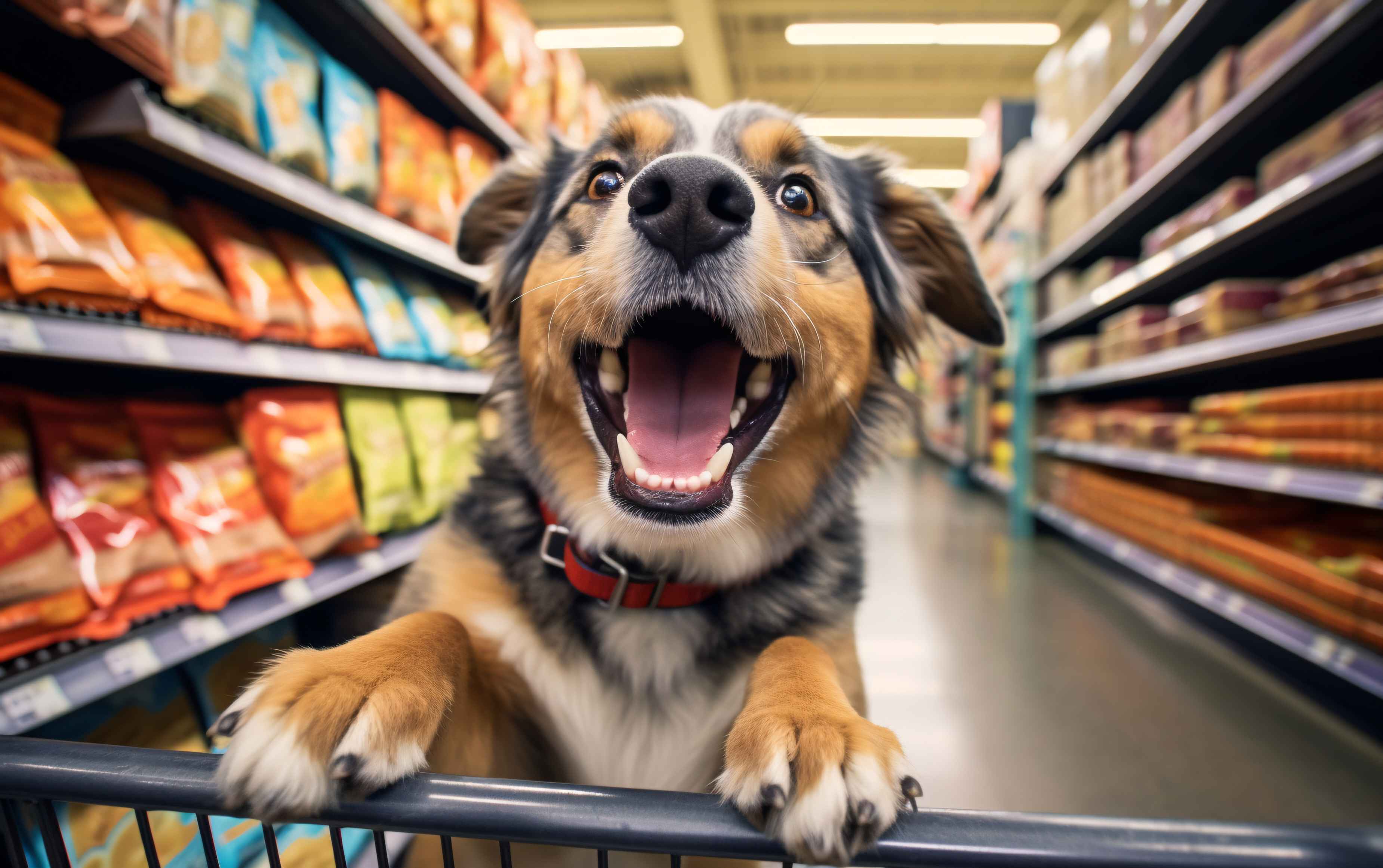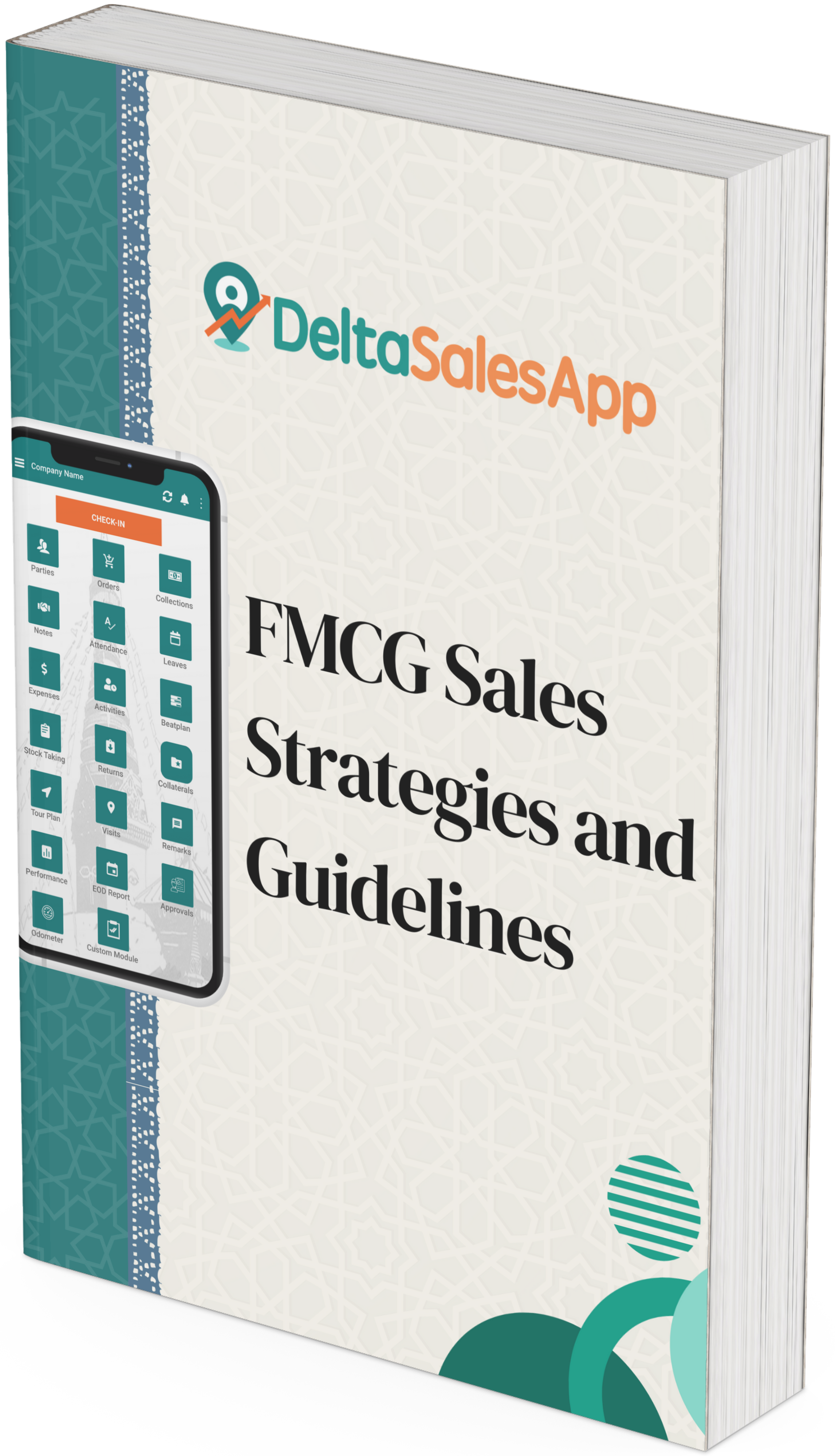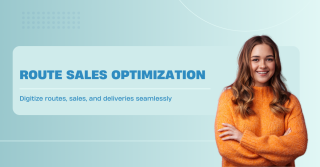Boosting Retailer Engagement In Pet Product Distribution

The pet industry has been experiencing rapid growth in recent years, with an increasing number of consumers looking for high-quality pet products. For pet product distributors, engaging retailers effectively is essential to ensuring smooth supply chain operations and maximizing sales.
This blog explores key strategies to enhance retailer engagement in pet product distribution.
Importance of Retailer Engagement in Pet Product Distribution
Retailers play a pivotal role in the supply chain, acting as the bridge between manufacturers and consumers. Strong retailer engagement leads to:
Increased product visibility—Retailers are more likely to promote products they believe in.
Higher sales conversions—Engaged retailers can influence customer purchasing decisions.
Brand loyalty—Retailers who trust a brand will prioritize it over competitors.
Better market insights—Retailers provide valuable feedback on consumer trends.
Without active retailer participation, even the best pet products may struggle to gain traction in stores.
Importance of Retailer Engagement in Pet Product Distribution
Retailers play a crucial role in bringing pet products to end consumers. Strong engagement with retailers can lead to increased sales, better brand loyalty, and improved customer satisfaction. Some key benefits of retailer engagement include:
Strengthening brand presence
Increasing sales volumes
Enhancing customer experience
Improving supply chain efficiency
Challenges in Retailer Engagement
Before diving into solutions, it's essential to understand common challenges:
Lack of Incentives—Retailers may not prioritize products that don’t offer attractive margins or bonuses.
Poor Communication—Inconsistent updates from distributors can lead to disengagement.
Competition from Other Brands—Retailers often juggle multiple brands, making it hard to stand out.
Limited Training—Retail staff may lack knowledge about product benefits, reducing sales effectiveness.
Inventory Management Issues—Stockouts or overstocking can frustrate retailers.
Overcoming Challenges in Retailer Engagement
While retailer engagement is crucial, it comes with challenges such as:
Managing diverse retailer expectations
Ensuring consistent product availability
Competing with other brands for attention
Addressing pricing concerns
Solutions to these challenges include:
Regular communication and feedback loops
Advanced demand forecasting
Competitive pricing strategies
Continuous training and support

Strategies to Boost Retailer Engagement
1. Offer Competitive Incentives & Rewards
Retailers are more motivated when they see direct benefits. Providing attractive incentives can significantly increase engagement and sales. Consider:
Volume-based discounts—Encourage higher order volumes by offering better pricing on bulk purchases.
Performance bonuses—Reward top-performing retailers with cash incentives, free products, or additional discounts.
Loyalty programs—Offer points for consistent orders that can be redeemed for rewards such as discounts or exclusive products.
2. Provide Comprehensive Training & Support
Educated retailers sell more effectively, leading to better customer experiences and increased brand loyalty. Implement:
Product training sessions—Teach retailers about the unique selling points (USPs) of your pet products to improve their sales pitches.
Sales enablement tools—Provide brochures, demo videos, and FAQs to equip retailers with the necessary information to educate customers.
Regular webinars/workshops—Keep retailers updated on new products, industry trends, and sales techniques to enhance their knowledge and performance.
3. Enhance Communication & Relationship Building
Strong relationships foster long-term engagement and trust between distributors and retailers. Improve communication by:
Dedicated account managers—Assign representatives to handle retailer queries promptly and offer personalized support.
Regular check-ins—Schedule calls or visits to discuss performance, address concerns, and strengthen partnerships.
Feedback loops—Encourage retailers to share customer insights and suggestions, allowing for product and service improvements.
4. Leverage Co-Marketing Initiatives
Collaborative marketing efforts can significantly boost brand visibility and sales. Strategies include:
In-store promotions—Provide banners, shelf talkers, and demo units to help retailers attract more customers.
Social media collaborations—Feature retailers in your brand’s posts and encourage them to promote your products on their platforms.
Exclusive deals—Run retailer-specific discounts and promotions to drive foot traffic and increase product demand.
5. Streamline Ordering & Inventory Management
A smooth supply chain ensures that retailers can always meet customer demand. Solutions include:
Automated ordering systems—Implement B2B portals or mobile apps that allow retailers to place orders easily and efficiently.
Real-time inventory tracking—Help retailers avoid stockouts by providing live updates on product availability.
Dropshipping options—Reduce retailer burden by offering direct shipping to customers, eliminating the need for excess inventory storage.
6. Utilize Technology for Better Engagement
Leveraging digital tools can enhance efficiency and engagement between distributors and retailers:
Retailer apps—Provide easy access to product catalogs, training materials, and promotional offers.
Data analytics—Share sales insights and trends with retailers to help them optimize their stock levels and marketing strategies.
Chatbots & AI support—Offer instant assistance for retailer inquiries, order tracking, and product recommendations.
Measuring Retailer Engagement Success
To evaluate the effectiveness of your retailer engagement strategies, it’s essential to monitor key performance indicators (KPIs) that reflect performance, loyalty, and satisfaction. Key metrics to track include:
Sales Growth per Retailer—Measures revenue increases from individual retailers, indicating successful engagement and product performance.
Order Frequency and Volume—Tracks how often retailers place orders and the quantity purchased, highlighting their engagement and demand consistency.
Retailer Retention Rate—Assesses the percentage of retailers continuing to do business with you over time, indicating long-term relationship strength.
Customer Satisfaction Scores—Gathers feedback from retailers to gauge their experience, identifying areas for improvement and strengthening partnerships.
Conclusion
Boosting retailer engagement in pet product distribution is essential for sustained growth and brand success. By focusing on training, incentives, technology, communication, marketing support, logistics, and personalization, distributors can build strong, lasting relationships with retailers. Implementing these strategies will result in higher sales, improved customer satisfaction, and a more efficient distribution network.
Frequently Asked Questions (FAQ)
1. Why is retailer engagement important in pet product distribution?
Retailer engagement helps increase sales, strengthen brand presence, and enhance customer satisfaction by ensuring that retailers actively promote and sell pet products effectively.
2. What types of incentives work best for engaging retailers?
Volume-based discounts, loyalty rewards, cashback programs, and referral bonuses are effective incentives that encourage retailers to sell more products.
3. How can technology improve retailer engagement?
Digital ordering platforms, real-time inventory tracking, and automated order processing streamline operations, making it easier for retailers to do business with distributors.
4. What role does marketing support play in retailer engagement?
Providing marketing materials, social media content, and in-store displays helps retailers promote products better, leading to increased sales and customer interest.
5. How can distributors ensure efficient logistics for retailers?
Timely deliveries, transparent tracking systems, and flexible shipping options help retailers maintain stock levels and meet customer demands efficiently.









